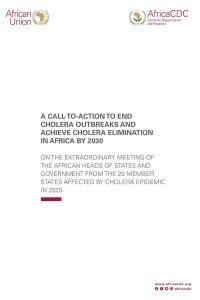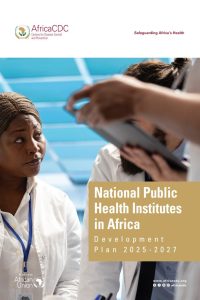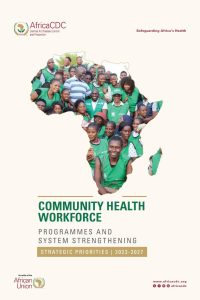
- Version
- Download 1661
- File Size 8.64 MB
- File Count 1
- Create Date 29 December 2017
- Last Updated 9 September 2019
Africa CDC Annual Report 2017
Africa bears the highest burden of infectious disease pathogens in the world but has the weakest public health systems and infrastructure. This situation poses a severe security and economic threat to the continent. For instance, the Ebola virus disease outbreak in West Africa killed an estimated 11,000 people and reversed fragile economic gains in the affected countries. More recently, the world has observed the emergence and re-emergence of infectious diseases with pandemic potential. Social and environmental determinants related to urbanisation, as well as increases in population size and mobility have created conditions conducive to the spread of infectious diseases. The population of Africa is expected to increase from 1.2 billion to 2.4 billion people by the year 2050. Additionally, the widespread use of medications has created an enormous threat due to emerging antimicrobial resistance. To address these challenges, African leaders have taken two significant actions: first, in January 2017, African Heads of State and Government launched the Africa Centres for Disease Control and Prevention (Africa CDC) to ensure Africans have a public health institution capable of mitigating against the social, economic, and security dimensions of infectious disease threats. Second, in July 2017, these leaders issued a declaration to accelerate the implementation of International Health Regulations (IHR) on the African continent.
Attached Files
| File | Action |
|---|---|
| Africa CDC Annual Report 2017 | Download |






